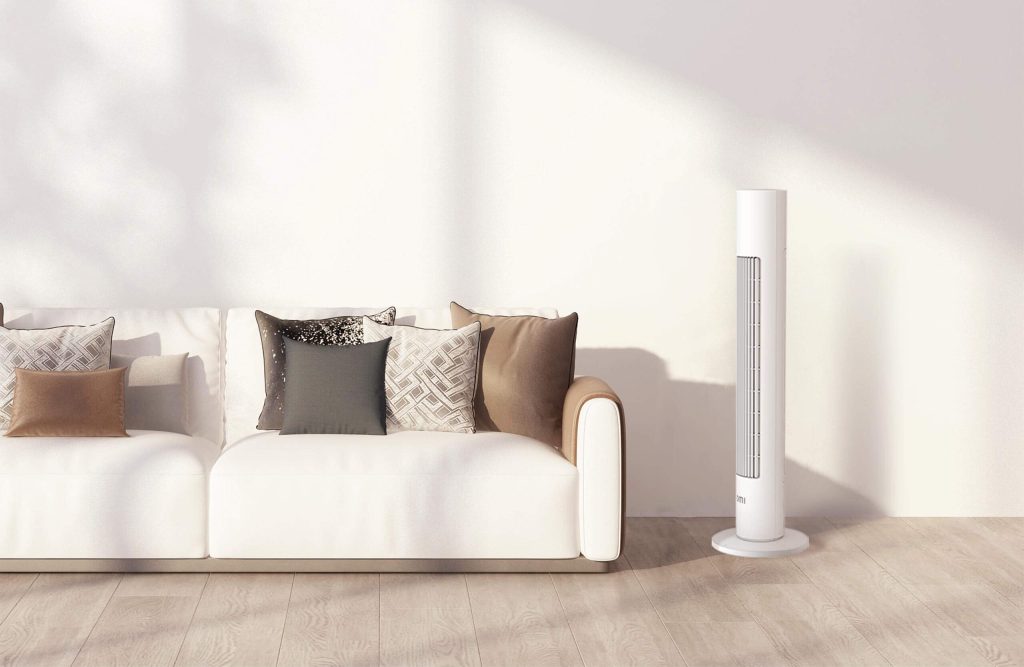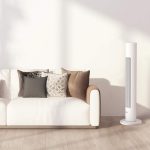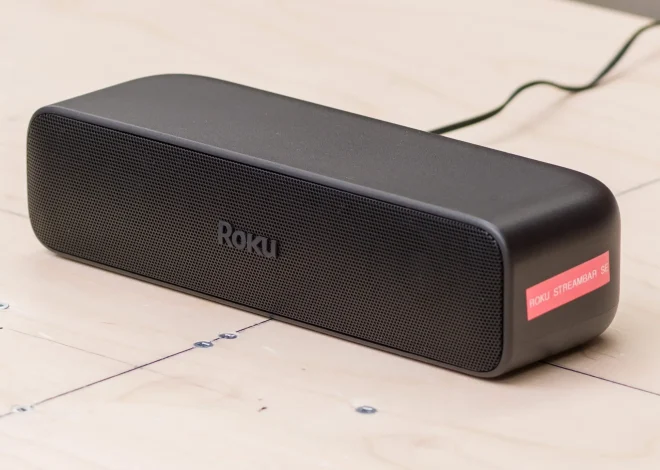How to Choose the Best Smart Fans for Your Home

Smart home technology is becoming a staple in modern households, and it’s easy to see why. As of 2019, 40% of consumers had already bought at least one smart device for their home, with that number expected to climb significantly in the coming years.
Among these devices, smart fans are gaining traction. These ceiling fans not only enhance comfort but also boost energy efficiency within your home.
However, selecting the right smart fan can be tricky, as not all are built the same. To ensure you make an informed choice, here’s a comprehensive guide to help you pick the perfect smart fan for your needs.
New Fan vs. Retrofit
Your first decision is whether to opt for a brand-new smart fan or retrofit your current fan with a smart control kit. Retrofit kits connect to your home WiFi network and can be controlled via a smartphone app, working with most traditional fans that come with a remote control.
If your existing fan lacks a remote or you’re ready for the advanced features of a smart fan, then purchasing a new one is your best bet. In this case, it’s important to understand which fan size suits your space and how to properly install it.
Energy Efficiency
The U.S. Department of Energy reports that approximately 12% of household energy is spent on air conditioning. Smart ceiling fans can help reduce this by circulating air effectively, making your home feel cooler in the summer and warmer in the winter.
Smart fans take this a step further with built-in temperature and humidity sensors that adjust the fan’s speed and direction accordingly, optimizing comfort and energy savings.
Integrated Lights
If possible, opt for a smart ceiling fan with integrated lighting. Look for models with built-in LED lights and a dimmer function for maximum energy efficiency. Many leading brands also include a smart fan switch that allows easy control of all functions, including the lights.
Control Options
Smart fans come with a variety of control options. Here are a few features you may want to consider:
- Voice control (e.g., Alexa-enabled fans)
- Traditional infrared remote
- Wall switch
- Smartphone app
- Scheduling or timer options
- Occupancy sensors
- Temperature and humidity sensors
Choose a fan that includes the control features that are most important to you, as this will help narrow down your options.
Connectivity
When it comes to connectivity, make sure the smart fan you choose is compatible with your home network. Smart fans can operate via Bluetooth, WiFi, or through a smart home hub. If you plan to use a hub, verify that the fan is compatible with your existing setup.













